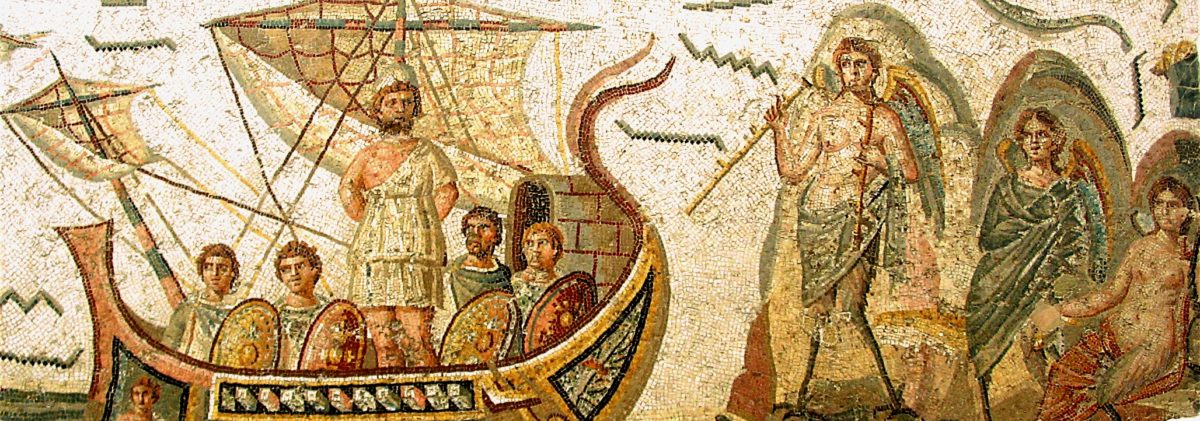Those who have been reading my articles for a while may recall that I published an article on 16 May 2020 titled “Sean Hannity Does Not Know Latin” in which I extensively made fun of Sean Hannity’s book Live Free Or Die: America (and the World) on the Brink, for the fact that the pre-released cover image had the thoroughly garbled and unintelligible Latin motto “Vivamus vel libero perit Americae” emblazoned across the bottom.
In my article, I noted that it was evident that whoever came up with that motto had simply typed the phrase “Live free or America dies” into Google Translate and slapped the garbled nonsense that spewed out straight onto the front cover of the book. (Apparently no one told them that Google Translate is absolutely terrible when it comes to dead languages.)
Now, as it happens, the very book whose Latin motto I criticized is set to be released in two days. Curiously, the unintelligible Latin word salad has vanished from the front cover and been replaced with the grammatically correct motto “Vivamus liberi ne America pereat,” which neatly translates into English to mean, “Let us live free so that America will not die.” This makes me wonder: Did someone at Threshold Editions read my blog post and realize they needed to fix the bad Latin?
Continue reading “Sean Hannity Still Doesn’t Know Latin—But Does He Read My Blog?”









